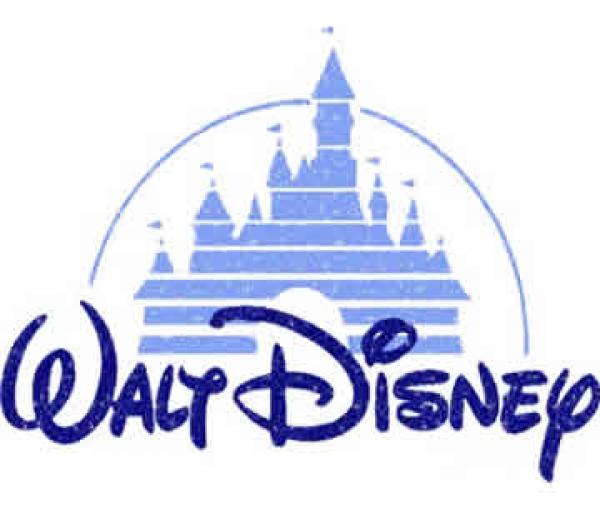Walt Disney, Good Value For Shareholders

As everyone knows, companies engage in stock repurchases to return cash to shareholders. In other words, if management feels that the stock is undervalued, they decide to buy back shares. Also, share repurchases help corporations improve earnings per share as the total number of shares outstanding is reduced post buybacks.
Due to one of these many reasons, Walt Disney recently announced that it will repurchase shares worth $6 billion to $8 billion beginning in 2014.
This is a pretty sizable buyback plan as Disney has repurchased $3.2 billion worth of shares so far this year. Disney appreciated by around 2.4% after the repurchase plan was announced, indicating investors' backing of the move.
Robust financial performance
Disney is in a good financial position as the company has generated $8.25 billion in operating cash flow in the last twelve months. Moreover, it also plans to take on some debt to finance its repurchase. Disney's recent financial performance has also been solid. In the recently declared third quarter, it reported revenue of $11.58 billion, up 4% from last year.
A segment-wise break up of Disney's businesses will give investors a better picture of where the media conglomerate stands.
Media Networks: This segment saw a 5% increase in revenue and operating income increased by 8%. Media networks comprises of two segments -- cable network and broadcasting. Revenue from the cable segment was $3.88 billion as against $3.66 billion last year, while its broadcasting segment recorded $1.47 billion in revenue, a slight decline from last year.
Parks and Resorts: A popular business of Disney, this segment recorded 6.5% revenue growth and 8.6% increase in operating income in the previous quarter from the year-ago period. Disney is focused on expansion in this segment to tap long-term growth opportunities.
Disney Consumer Products ((DCP)): Revenue from this segment increased 4% with operating income rising by 5%. DCP consists of three main business units: Licensing, Publishing and Disney Stores. The adoption of Disney's books, toys, apparels and fine arts has been contributing to this segment's success.
But not all was rosy in the quarter and some segments did drop.
Studio Entertainment: Revenue from this segment dipped 2% to $1.59 billion, while operating income fell 36%. Aggressive marketing of "The Lone Ranger" and its failure to rack up big box office collections may result in further losses in the range of $160 million to $190 million for the fourth quarter.
Interactive: This is a loss making segment of Disney where revenue dipped by 7% while operating loss increased by $16 million as compared to the year ago quarter. Revenue declined due to lower sales of console and social games.
However, the overall picture looks bright since most of Disney's segments have been reporting growth. Moreover, analysts expect earnings to grow at a CAGR of 12.5% over the next five years, which is decent. Valuation also looks fair at the current levels. Disney's trailing P/E multiple stands at 19.7x but it comes down to 16.6x on a forward P/E basis. This means that analysts are expecting growth going forward and coupled with the plan of returning capital to shareholders through buybacks, I think Disney makes for a good investment option.






